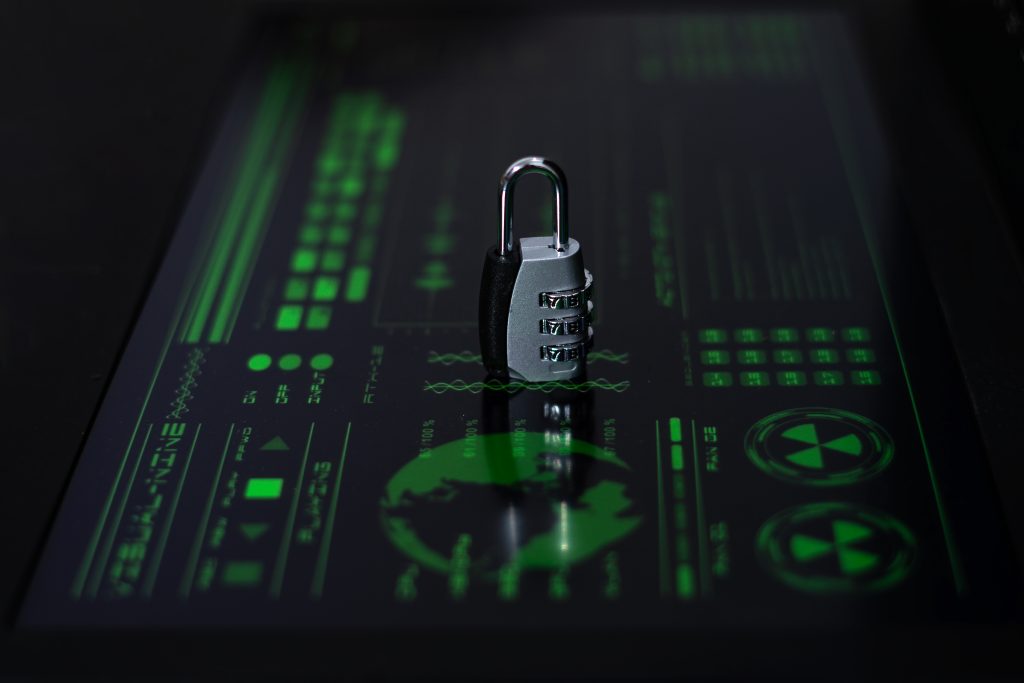Chatbots have transformed from basic scripted tools to sophisticated AI-driven conversational agents. In 2025, chatbot evolution is redefining user interactions through personalized conversation experiences. Powered by advanced AI, natural language processing (NLP), and data analytics, chatbots are becoming essential for businesses aiming to enhance user engagement. This blog explores how chatbots are evolving and how they deliver tailored experiences that drive loyalty and satisfaction.
The Rise of AI-Powered Chatbots
Modern chatbots leverage AI chatbot technology to understand context, emotions, and user intent. Unlike early rule-based bots, 2025’s chatbots use NLP and machine learning to deliver human-like interactions. For example, a retail chatbot can recommend products based on past purchases. Why does this matter? Personalized responses improve customer experience, making interactions feel seamless and intuitive. Are your chatbots keeping up with these advancements?
Personalization: The Heart of Modern Chatbots
Personalization is key to chatbot trends 2025. By analyzing user data—such as preferences, behavior, and location—chatbots deliver tailored responses. A travel chatbot, for instance, might suggest itineraries based on a user’s travel history. This level of conversational AI personalization boosts engagement and trust. How can your business harness personalization to elevate user interactions?
Strategies for Building Personalized Chatbot Experiences
To create impactful chatbot experiences, consider these strategies:
- Leverage User Data Ethically: Use behavioral insights to tailor responses.
- Integrate Contextual NLP: Ensure chatbots understand nuanced queries.
- Enable Multi-Channel Support: Offer seamless experiences across platforms.
- Incorporate Voice Capabilities: Add voice interaction for accessibility.
- Test and Iterate: Continuously refine responses based on user feedback.
These chatbot best practices enhance AI-driven user engagement. Which strategy aligns with your goals?
Challenges in Chatbot Personalization
Despite their potential, chatbots face challenges like data privacy concerns and over-reliance on automation. Misinterpreting user intent can also frustrate users. By addressing these conversational AI challenges, businesses can ensure reliable, trustworthy interactions. Are your chatbots designed with privacy and accuracy in mind?
Tools for Developing Advanced Chatbots
Developers can use cutting-edge tools to build personalized chatbots:
- Dialogflow: Create NLP-powered conversational interfaces.
- Microsoft Bot Framework: Build scalable, multi-platform bots.
- Rasa: Develop open-source, customizable AI chatbots.
- Chatfuel: Design no-code bots for quick deployment.
These chatbot development tools support AI chatbot trends 2025, enabling seamless personalization. Which tool fits your development needs?
The Future of Chatbots in 2025 and Beyond
In 2025, chatbot evolution will focus on hyper-personalization, emotional intelligence, and Web 3.0 integration. AI chatbots will anticipate user needs, offer proactive solutions, and operate across decentralized platforms. Businesses must ask: How can we innovate to stay ahead? By embracing personalized AI conversations and conversational AI trends, brands can create memorable experiences that foster loyalty.



